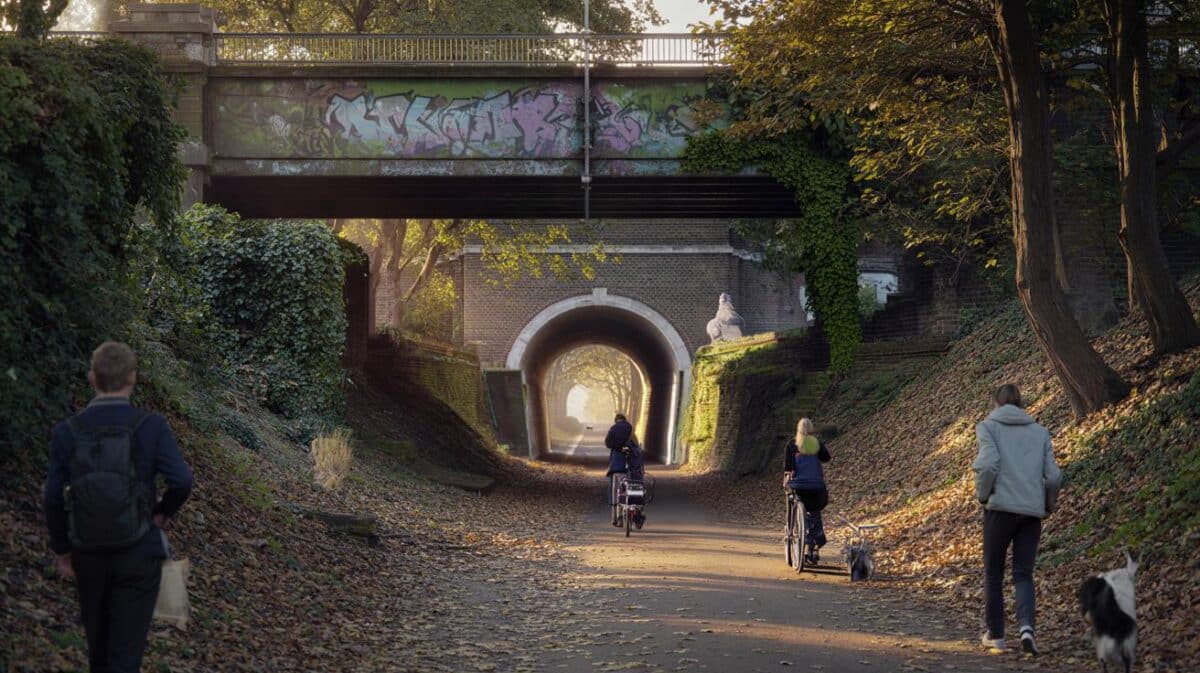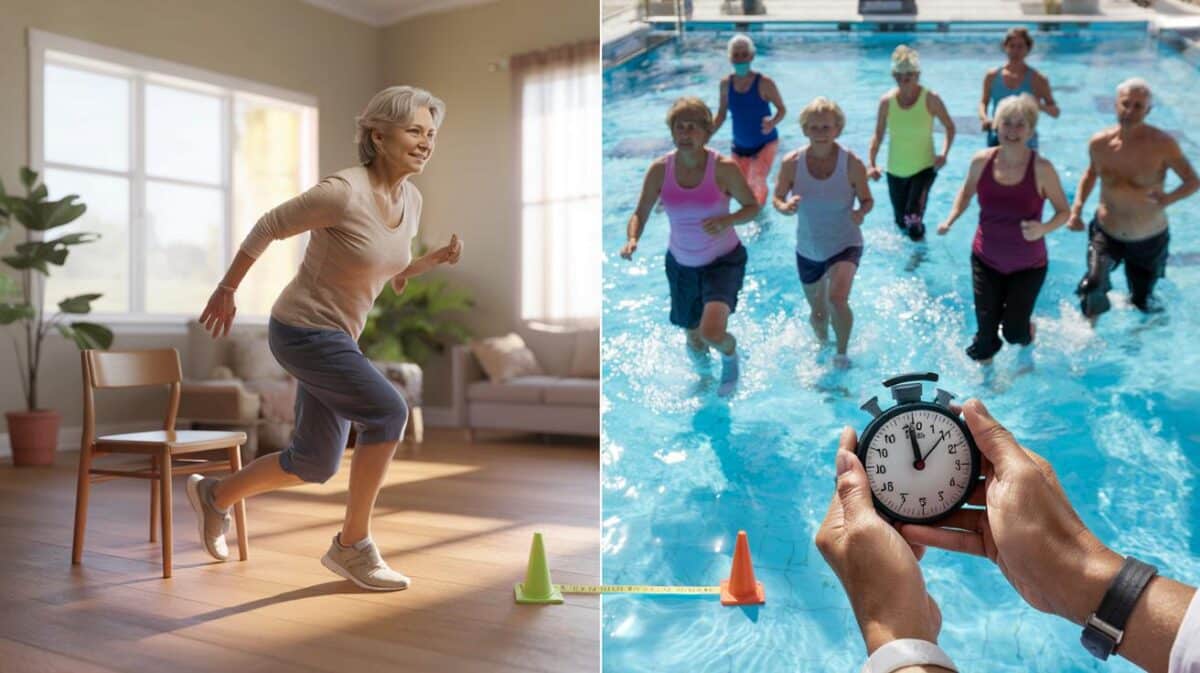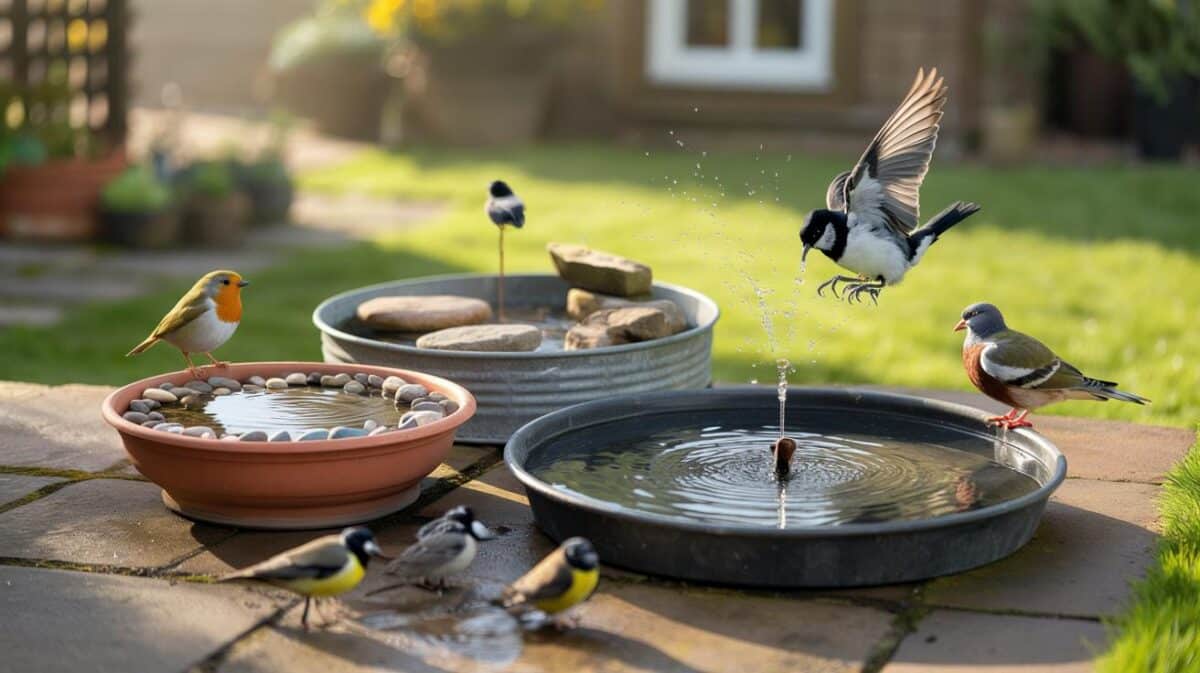Minutes later, a routine patrol became a fight against time. A man lay trapped in soft ground as seawater edged closer. Crews from Bay Search and Rescue swung into action with practised speed. What followed showed how fast Morecambe Bay can turn from postcard scene to danger zone.
Quicksand drama as the tide pushed in
Bay Search and Rescue received a call at 11.30am from Silverdale beach, on the eastern side of Morecambe Bay. Quicksand had seized a man in a shallow gulley. The tide, already on the move, pressed into the estuary. Rescuers reached him within moments and sized up a stark picture.
Only his chest, head, one arm and part of one leg remained above the surface as the bay filled behind him.
He had fallen onto his back, which spread his weight. That position likely stopped him sinking further. Even so, cold and fatigue had set in. He struggled to move. Hypothermia signs appeared. The incoming water narrowed the window for action.
How rescuers reached him
The crew deployed two inflatable rescue pathways. They slid one behind the casualty to stop further sinking. They set the second pathway in front to create a stable approach. The air-filled tracks bridged the soft gulley. Crews then worked along the pathway, freed his limbs and supported his back. The plan worked quickly. They brought him onto the pathway within minutes.
Two inflatable pathways kept him from slipping deeper and gave crews a safe route in and out.
With the man freed, teams transferred him to an all-terrain vehicle. Foil blankets went on at once. A medic checked his temperature and breathing. He presented as extremely cold, and exhaustion was clear. Stabilisation came first, then onward care.
Seconds to spare
As the team left the gulley, water began to pour into the depression. The scene underlined the risk posed by the bay’s fast tides. On a different position, or with a slower response, the outcome might have changed.
As crews pulled away, seawater started flooding the gulley — a near miss that underlined the bay’s speed.
After warming up in the vehicle, the man was taken to a nearby café. He passed into the care of the North West Ambulance Service for further assessment. The incident closed with a strong message on coordination. Local responders referenced tight teamwork between agencies as central to the outcome.
Key facts at a glance
| Time of call | 11.30am, Saturday |
|---|---|
| Location | Silverdale beach, Morecambe Bay |
| Ground conditions | Soft gulley with active quicksand patches |
| Tide state | Rapidly flooding estuary channel |
| Rescue method | Two inflatable rescue pathways and manual extraction |
| Post-rescue care | Warming in an all-terrain vehicle, foil blankets, medic assessment, handover to ambulance service |
Why Morecambe Bay can trap the unwary
Quicksand forms when water saturates fine sand and silt. The mixture loses strength and behaves like a liquid when disturbed. Estuaries such as Morecambe Bay see shifting channels and fast tides. That movement constantly reworks the seabed. New soft patches appear where there were none the week before.
This year, local teams reported more quicksand patches than they had seen in decades. Heavy rain, strong tides and altered river flows can all change the layout. Shallow gullies may hide below a thin crust. Footsteps can crack the surface and trigger sudden sinking. The danger often sits metres from firm sand.
Simple actions that help you survive
If you feel your feet lock in, your first moves matter. Panic drains energy and drives you deeper. The advice from rescuers is practical and easy to remember.
- Lie back to spread your weight and stop further sinking.
- Keep your legs still and gently work one foot at a time free.
- Remove heavy bags or items that drag you down, if you can do so safely.
- Call 999 and ask for the Coastguard. Stay on the line and give landmarks.
- Use a walking pole or partner’s hand only from firm ground, not from the soft patch.
- Conserve heat. Stay as dry as possible and wait for trained help.
The kit that made the difference
Inflatable rescue pathways act like floating roads over unstable ground. Crews roll them from the safety of firm sand and inflate them in seconds. The broad surface spreads load and stops rescuers sinking. In this case, one pathway stabilised the casualty. The second pathway gave a platform for the extraction. The team then used their all-terrain vehicle to move fast across the bay. That speed aids warming and reduces exposure.
Teamwork by the coast
Incidents on the sands often involve several agencies. Bay Search and Rescue specialise in the shallow, soft terrain of the bay. Ambulance crews take over medical care. Local cafés and venues sometimes provide warm shelter while transfers happen. That network shortens response times and improves outcomes. Saturday’s callout showed the chain working as designed.
Staying safe on shifting sands
Planning cuts risk before you step onto the foreshore. Check tide times and allow generous margins on either side of low water. Follow local signage and advice. Stay clear of river channels and dark, rippled patches that look wet or jelly-like. Keep dogs on leads around creeks. Carry a fully charged phone in a waterproof pouch. Walk with company and let someone know your route and return time.
For regular walkers, a simple drill helps. Stop and test suspect ground with a stick. If the tip sinks with little resistance, find a different route. If you do sink, lie back and float your hips. Wiggle your ankles to break the seal around your boots. Move slowly towards firmer sand. Call for help early if the tide turns.
What this incident tells the rest of us
The man at Silverdale did one crucial thing well. By ending up on his back, he spread his body weight and stayed higher in the mix. Crews arrived to find him exhausted and cold, yet recoverable. The tiny choices made at the start often decide how a rescue ends. Fast calls, smart positioning and staying calm save minutes. On sands like these, minutes count.
Lie back, spread your weight, and call 999 early. Those three steps buy time until help arrives.
Quicksand will not swallow you whole in an instant, but it can pin you in place. The real danger comes from tides and cold. Saturday’s near miss on Morecambe Bay showed both threats in sharp focus. With local knowledge and the right kit, responders turned a frightening scene into a safe handover. The lesson for beachgoers is simple: treat estuary sands with the same respect you give the sea, and plan each walk as if the ground might move beneath your feet.








Incredible read—how far from the tide line was the gulley? I walk Silverdale often and want to gauge safe margins when the estuary starts to flood.